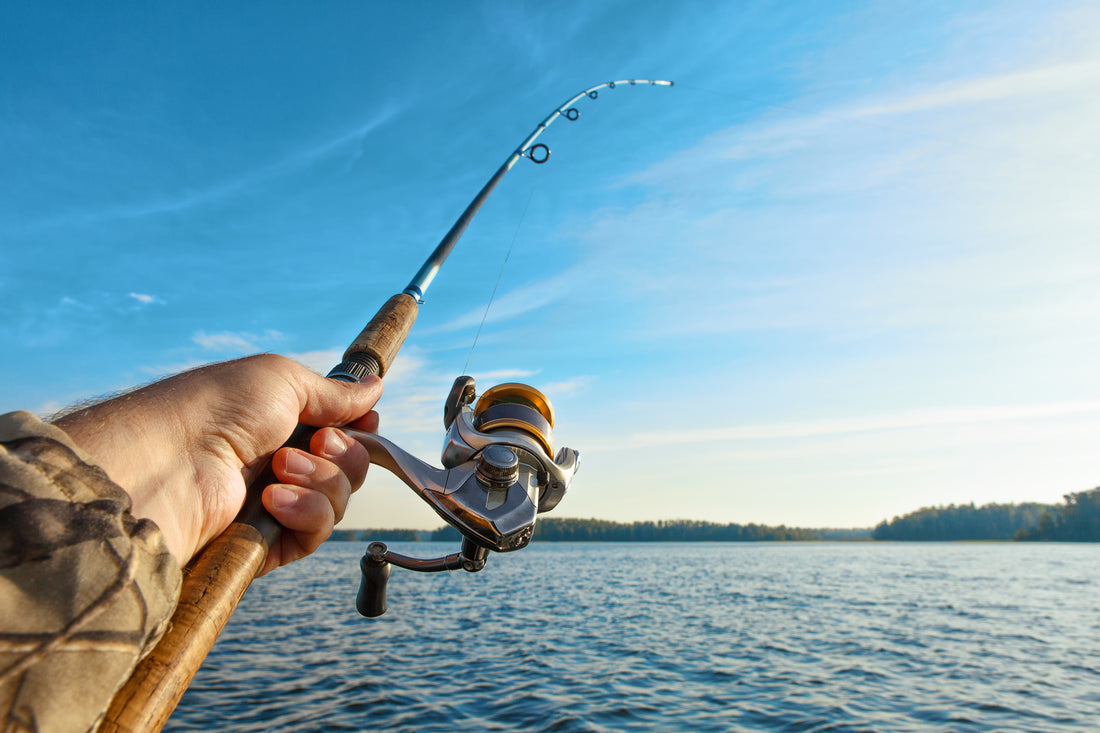
Beginner Setup for Kelong Fishing
Today I had a beginner couple couple looking for a setup for fishing at a kelong, I did not ask which one specifically, but they did mention in Johor, so it could be one of a few they have there.
So as normal, I asked them questions to try and find out what is most suitable for them including (if you are thinking of buying a setup, you would need to be able to answer these questions):
- Fishing Style (bottom fishing, jigging, luring)
- Fishing Location (eg. pond, boat, shore, jetty, kelong, reservoir, etc)
- Fish Target (by species, weight, aggression, size)
- Spinning or Casting (I would always recommend spinning reels to beginners)
- What exactly do you need (just rod, reel and line or more)
- Budget (If you know your budget, you can easily find what you want, if not you would be wasting your time seeing equipment that you do not want)
Just a quick talk on budget, in my opinion, for getting the 3 main items only (reel, rod and line) if you are buying a lower end tackle setup (total of $80 - $120), you should break down your budget as follows:
Reel/Rod/Line : 45%/45%/10% (can move each number up or down by 5% roughly)
If you are going for a mid-range type setup, say between $120 - $250, then the ratio would change as follows:
Reel/Rod/Line : 55%/35%/10% (can move each number up or down by 5% roughly)
So anyways back to this kelong fishing, I have actually not tried kelong fishing, but there are few things to know about this type of fishing.
- Fish are farm bred mainly to be sold to end consumers
- With point 1 in mind, that would mean the largest fish you should find in these kelongs would be a great size for cooking, so they are at around 40-50cm in length and maybe 1-1.5kg
- Common species reared in Malaysia and Singapore include Sea Bass, Grouper, Red Snapper, prawns to name a few. If you cast you of the kelong's nets, than of course you could catch nearly any species that lives in these waters
So it is kind of like pond fishing, but with 2 main differences (casting in nets), first is that you do not expect any monsters, not at all. The second difference is the depth, which I mean depth you can expect to get the best catch rate. As most kelongs dont go all the way to the sea bed, there is little reason for fish to congregate there, so you would always want to present your bait or lure on the surface or 1-2 meters below the surface. Lastly the fish in a kelong a really densely packed in, so you can expect a quick hit rate.
So with this information, we can go to the setup. Without much casting distance required, a short rod, with a line rating of around 10 - 25 pounds would be fine. In this case, the couple seems comfortable with the Viper Vemon spinning rod, which was 6ft 6in and has a line rating of 10-25 pounds. It is actually a luring rod, but there is no harm luring in live or dead prawns as well. For the reel, I recommended something ranging between 3000 - 4000 size, of which the liked the Daiwa Sweepfire 3000. Lastly I recommended the unbranded braid I have from Taiwan, which 150m fit in with some to spare at 20lbs. This line is really value for money at $12.
Most of the terminal stuff he said he could take from a friend, so that was it for his purchase, I loaded in his line and he went off, happily looking forward to his National Day Fishing Trip to a nearby kelong.
